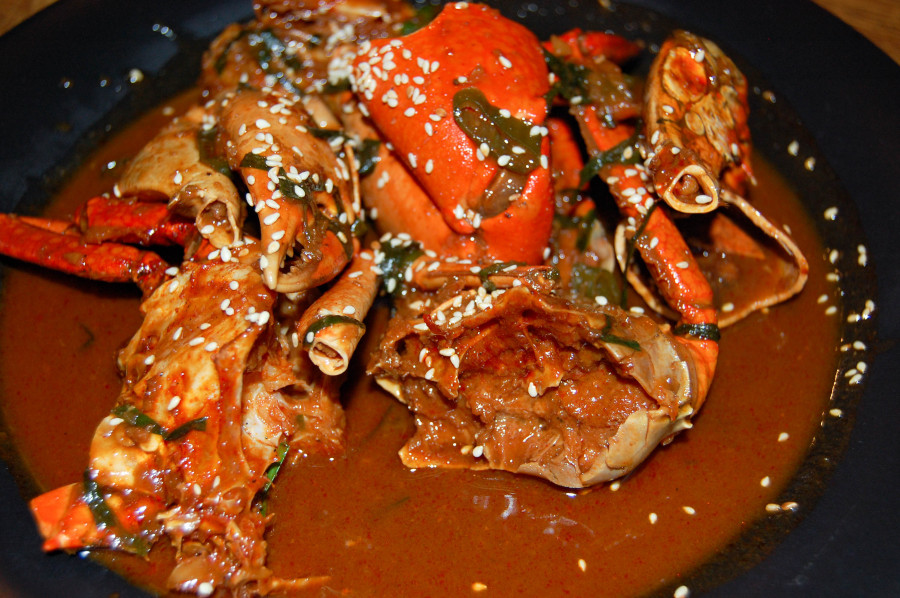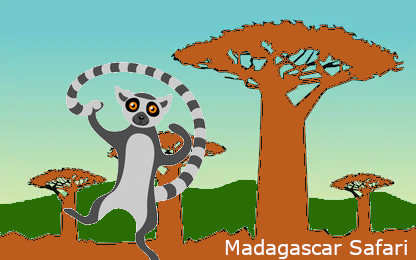- INTRODUCTION
- MALAGASY CULTURE
- MALAGASY TRADITIONAL SPORT
- MALAGASY CUISINE
- BEACHES AND RIVERS
- MONEY AND CREDIT CARDS
- PURCHASE TIPS
- SITES AND ACTIVITIES
- MONUMENTS
- MALASY HANDICRAFTS
- TIPS FOR TRAVELLERS
- MADAGASCAR CONNECTING FLIGHTS
- MADAGASCAR NATIONAL PARKS AND RESERVES
- FAUNA AND FLORA OF MADAGASCAR
- PUBLIC HOLIDAYS IN MADAGASCAR
- THE SOUTH WEST AND WESTERN REGIONS
- THE SOUTH EAST REGION
- THE NORTH WEST REGION
- THE NORTH EAST AND EAST REGIONS
- THE CENTRAL HIGHLANDS
MADAGASCAR: THE NORTH EAST AND EAST REGIONS
Rosewood coast or Vanilla coast: the whole region, the greenest of the island, seems almost embarrassed to choose between its various blessings, what with its forest tree species, the spices which have built Madagascar’s worldwide reputation, natural sanctuaries which have been so far preserved from mass tourism. Even the antarctic whales never forget to honour their rendez-vous with its waters year after year after having traveled more than 5000 km.
The SAVA region
World capital of vanilla, also a hotspot for ecotourism with the reserves and National Parks of Anjanaharibe, Marojejy and Masoala. The Takhtajania, a plant which already existed 120 million years ago, was discovered here. Vohémar, founded in the 9th century by waves of Arab immigrants who have traded with countries as remote as Persia and China. Sambava, in the heart of the “green triangle”, great producer of vanilla and coffee, famous for its coco plantations stretching over 60 km along the coast. Andapa, curled up in a green basin is the rice granary of the SAVA. Antalaha, formerly a fishermen’s village, has become a very attractive little town, with its traditional shipbuilding and its gem cutting business.
Maroantsetra and the Bay of Antongil
The Bay of Antongil, with 2000 km2 surface area is the most important spawning area of whales in the southeast of the Indian Ocean. Maroantsetra at the bottom of the bay, a small enclave where the greenness of forests meets with the scent of vanilla and cloves. Nosy Mangabe and Masoala, the largest protected area, terrestrial and marine, in Madagascar.
From Toamasina (Tamatave) to Fenerive-East
Toamasina, second town of the country and its main outlet to the sea. Contrast between colonial style buildings and huts made with local materials, between shadowy avenues bordered with palm trees or flamboyants and sandy alleys. Foulpointe (61 km), a lagoon for sheer pleasure at week-ends, a few vestiges of which the fort Hova (19th century) and the pirates’ cemetery. Mahambo, a village typical of the east coast with its roofs of ravinala leaves, whose future prospects seem to be shaped by a surfboard…Fenerive-East is 16 km from Mahambo, formerly a trade counter, it is at present the centre of clove, vanilla, pepper and coffee plantations.
A real sanctuary of nature with its primitive forests, its flower species, cascades and sea beds, humpback whales from june to september. Ambodifotatra, the main town, a “street-village” with its historical monuments among which the citadel of the « compagnie des indes » and the oldest church in Madagascar (1859). To the north, the pointe des Cocotiers, Ambodiatafana and its succession of natural swimming-pools, the sacred site of pointe Albrand. To the west, Lounkitsy, the largest bay of Sainte Marie with its rock barrier. To the east, a barrier of coral reefs forms a natural aquarium. To the south, the ilôts aux sables, a set of 3 coral islets, and l’ile aux Nattes, Sainte Marie’s jewel with its tips, bays and emerald lagoon.
